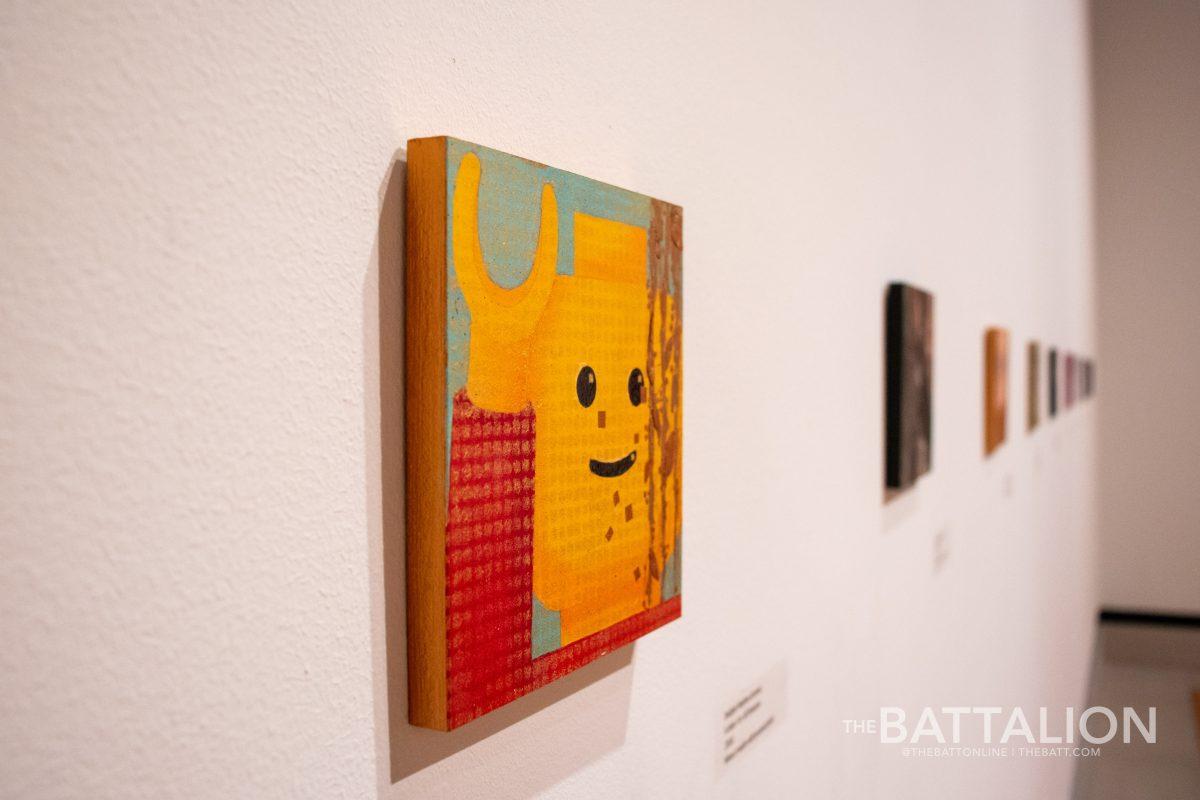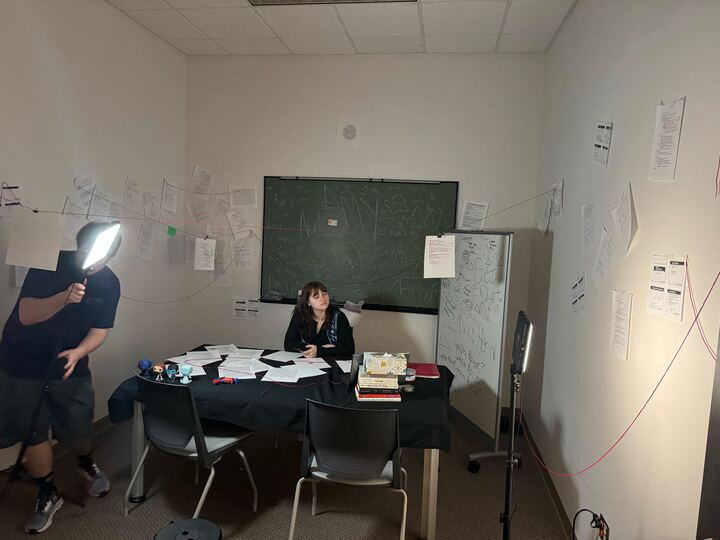Art is hard to comprehend, with many descriptions varying by time period, expert interpretation and social norms. Art comprehension has been attributed with the ranks of the higher class. Throughout history, art and portrait commissions have been primarily accessible to the rich with limited access to the general public, and as time went on, this practice has continued. Middle- and lower-class populations started seeing art as a medium distinguishable to those sophisticated enough. The only difference between the middle-lower class and high class is money, otherwise, they’re all human.
As mentioned before, art is an experience that elicits a reaction, which can span from transcendental enlightenment to horrifying dread. Such reactions occur due to personal experiences, biases, beliefs and practices, each varying by person. No matter the artwork, we will react to a piece, but many of us will fail to mention why. Although art comprehension is a subject of much critical analysis, contradictions and confusion, asking the simple question, “Why?” is one step forward.
While personal perspectives are the dependent variable in an artistic experience, what is independent and will always be perceived are its features, which include prominent features such as: Who or what is the subject? Who is in the scene? Is it historical or contemporary? Does it share a message? How is it being presented? Even the smaller but basic details add to the perception, like: What colors were used? How is lighting used? How is brush stroke used? How big is the piece? Where, or in what way, is it being shown?
Once we question and identify these factors, we can ask the introspective questions of why it is beautiful, shameful, mocking, satirical, etc. After we then know why such factors have made us react in such a way, we can find appreciation in the length and measures the artist went to convey such feeling. And in such performance of human emotion and connectivity, that is where we find beauty. We, as the viewers, are left with the task of filtering the piece through our emotions, and then left to polish and refine such experience with the journey in the comprehension of its reaction.
The most widely accepted and pleasing art piece that has become the adequate symbol of beauty is Botticelli’s “The Birth of Venus,” appealing to all senses of beauty in human consciousness. The goddess of beauty and love is emerging from the immaculateness of nature, being presented in the vulnerability of the nude, presented with clothing and flowers by figures rushing to her side as if authority and power has been granted to her since birth. Botticelli’s use of supple skin and delicate fabrics adds to the serenity of the piece. From its material to its theme, beauty is the pinnacle of the piece.
A much more complicated piece beholding beauty is Edward Okun’s “The War and Us,” blending aesthetic and vehemence in homogeneous fashion. A frenzy of serpent-like beings colored in vibrant blue and decorated with butterfly wings upon their heads bite and struggle in turmoil around the centerpiece of the painting. Three human figures painted in dark, solid colors traverse the chaotic landscape in a calm manner. While the vibrancy of the serpents brings much attention to the viewer, the stark contrast caused by the center characters brings a sense of humility, hope and peace. We see that Okun wanted to achieve this level of contrast, and such oxymoronic elements elevate us to the sentiment Okun aimed for us to reach.
Such an outlook of art appreciation can work in other forms, such as photography, music, dance, food, fashion and even furniture. The appreciation we give these details in our daily life can uplift us into a much more appealing world.















